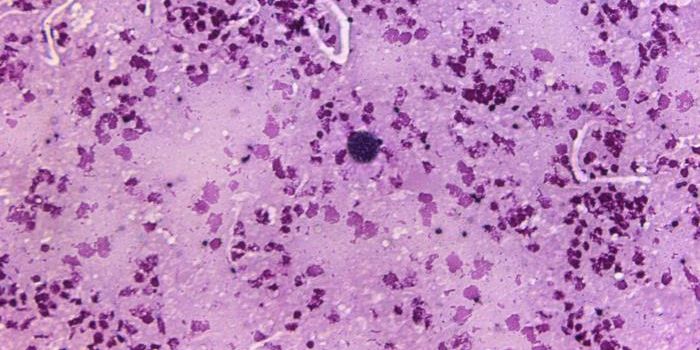Several years ago, divers exploring the area around the Greek island of Zakynthos found what looked to be the remnants of a long-lost city buried under the water. They took some photos of the intriguing find that seemed to be the remains of a walkway or paved floor, columns and courtyards. Strangely, no artifacts linked to humans were found with the structures.

However, after exhaustive research conducted by a team of scientists, it’s been concluded in a
report published in
Marine and Petroleum Geology that what the tourists saw is actually a creation of microbes, made up to five million years ago.
Julian Andrews of University of East Anglia School of Environmental Sciences, and lead author of the report, said "The site was discovered by snorkelers and first thought to be an ancient city port, lost to the sea. There were what superficially looked like circular column bases, and paved floors. But mysteriously no other signs of life -- such as pottery."

After the initial find, the photos were uploaded to Google Earth, prompting Greece’s Ephorate of Underwater Antiquities to send professionals to investigate further. Diver Petros Tsampourakis studied the site with archaeologist Magda Athanasoula, along with Michael Stamatakis, a professor in the Department of Geology and Geoenvironment at the University of Athens.
After some preliminary data was gathered, further studies were conducted using X-ray, microscopy and stable isotope techniques in order to characterize the texture and mineral composition of the underwater formation in fine detail.
"We investigated the site, which is between two and five meters under water, and found that it is actually a natural geologically occurring phenomenon.” said Andrews.

Bacteria in the seafloor were thriving on methane. All of that activity by the microbes was actually altering the chemistry of the seabed. The chemical change that was happening was causing a phenomenon geologists refer to as concretion, meaning the sediment was turned into a sort of natural cement. "In this case the cement was an unusual mineral called dolomite which rarely forms in seawater, but can be quite common in microbe-rich sediments,” commented Andrews. The formed shapes came from the methane diffusing in various ways through the sediments as it moved upward.
Erosion has allowed the objects to become observable today. Usually, geologists observe this happen in very deep waters, thousands of meters under the surface. This is a rare example of this event occurring in shallow water.
"These features are proof of natural methane seeping out of rock from hydrocarbon reservoirs. The same thing happens in the North Sea, and it is also similar to the effects of fracking, when humans essentially speed up or enhance the phenomena,” said Andrews.
Sources:
Marine and Petroleum Geology,
University of East Anglia











